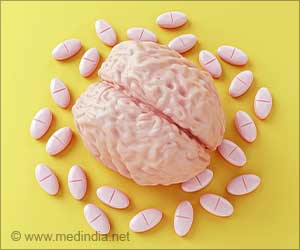Again its the genes which decide which of the smokers and drinkers die young, or continue to live till a ripe old age.
Again its the genes which decide which of the smokers and drinkers die young, or continue to live till a ripe old age.
While smoking and drinking have been linked to many types of cancer, still some people appear to be more prone to their effects than others, and scientists have attributed this tendency to genetics.Scientists found that the genes if present in a human being, put their carriers at an increased risk of developing five different types of cancer- skin, lung, bladder, prostate and cervical cancer.
The researchers can use the findings to identify people who are at highest risk of suffering from the potentially deadly conditions because of a combination of genetics and their unhealthy lifestyle.
According to researchers almost 25 percent around of the population have the highest risk that their unhealthy lifestyle would give them cancer.
The researchers also estimated that another quarter of the population have the lowest risk, because they do not carry these genes, reports The Telegraph.
And these people could be the ones who remain hale and hearty into old age despite smoking, drinking, using sunbeds of having a poor diet.
Advertisement
Tim Bishop, professor of genetic epidemiology at the University of Leeds, and one of the co-authors of the paper, said that cancer was often caused by a "complex" interplay between genetic and environmental factors.
Advertisement
In the study, the researchers managed to isolate the genes by looking at the genetic make up of more than 33,000 cancer survivors and another 45,000 people who had never suffered from the disease.
Later, they compared the genes against their carrier's lifestyle and history of the disease.
While the genes were found to increase the chance of suffering from five types of cancer, they were not linked to an increased risk of another nine cancers for which the researchers could test, including breast cancer.
The study was published in the journal Nature Genetics.
Source-ANI
SAV








